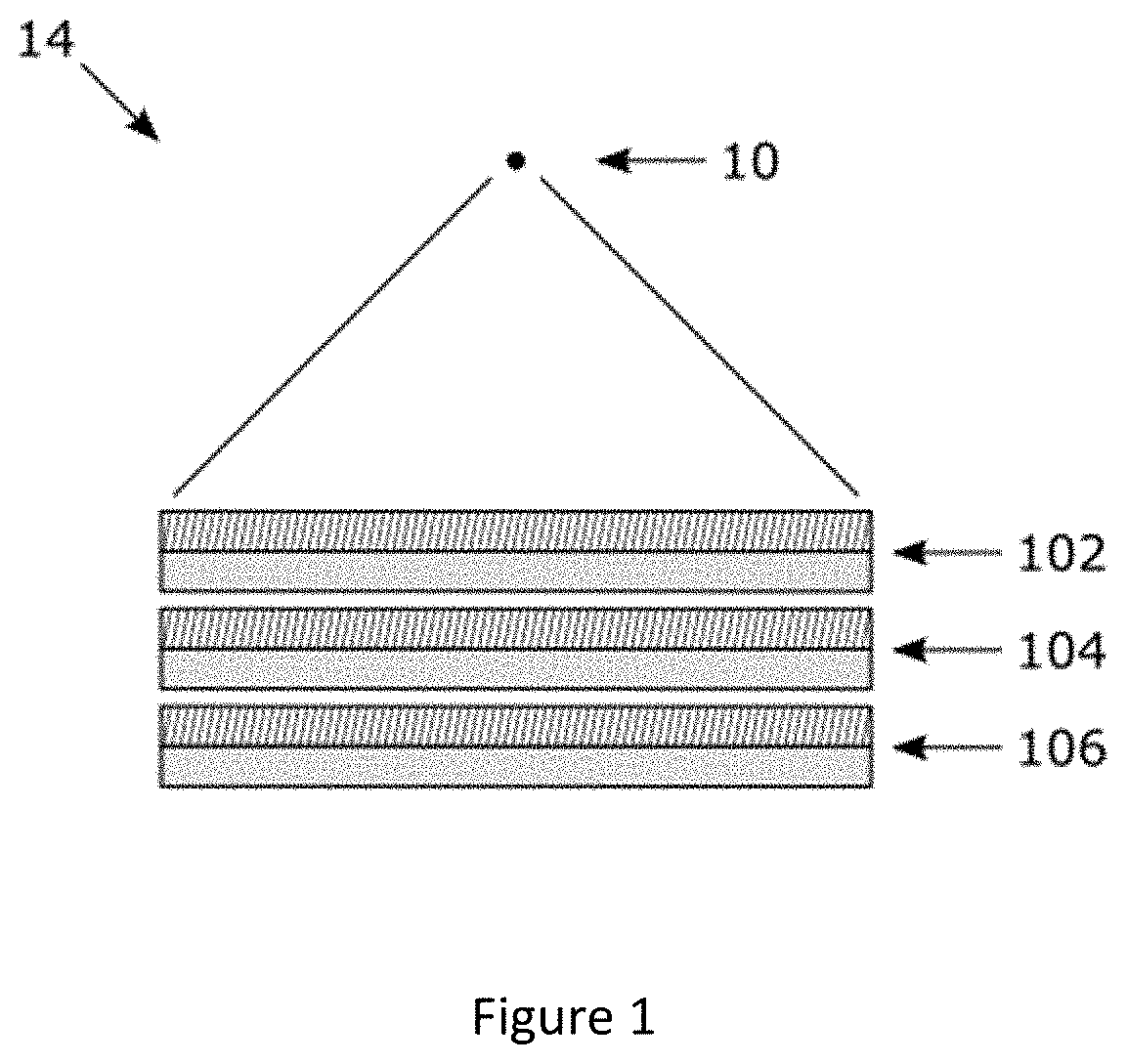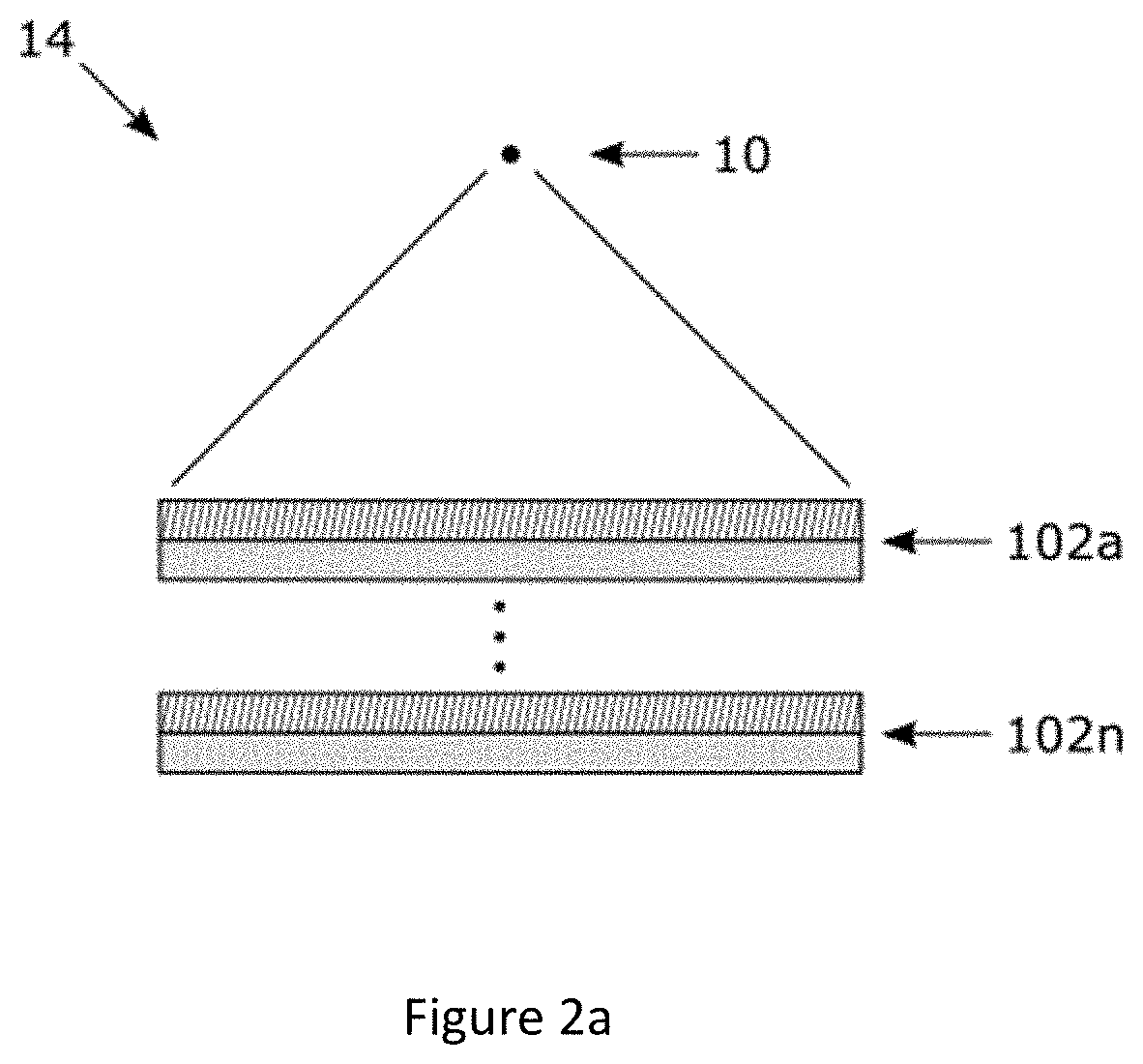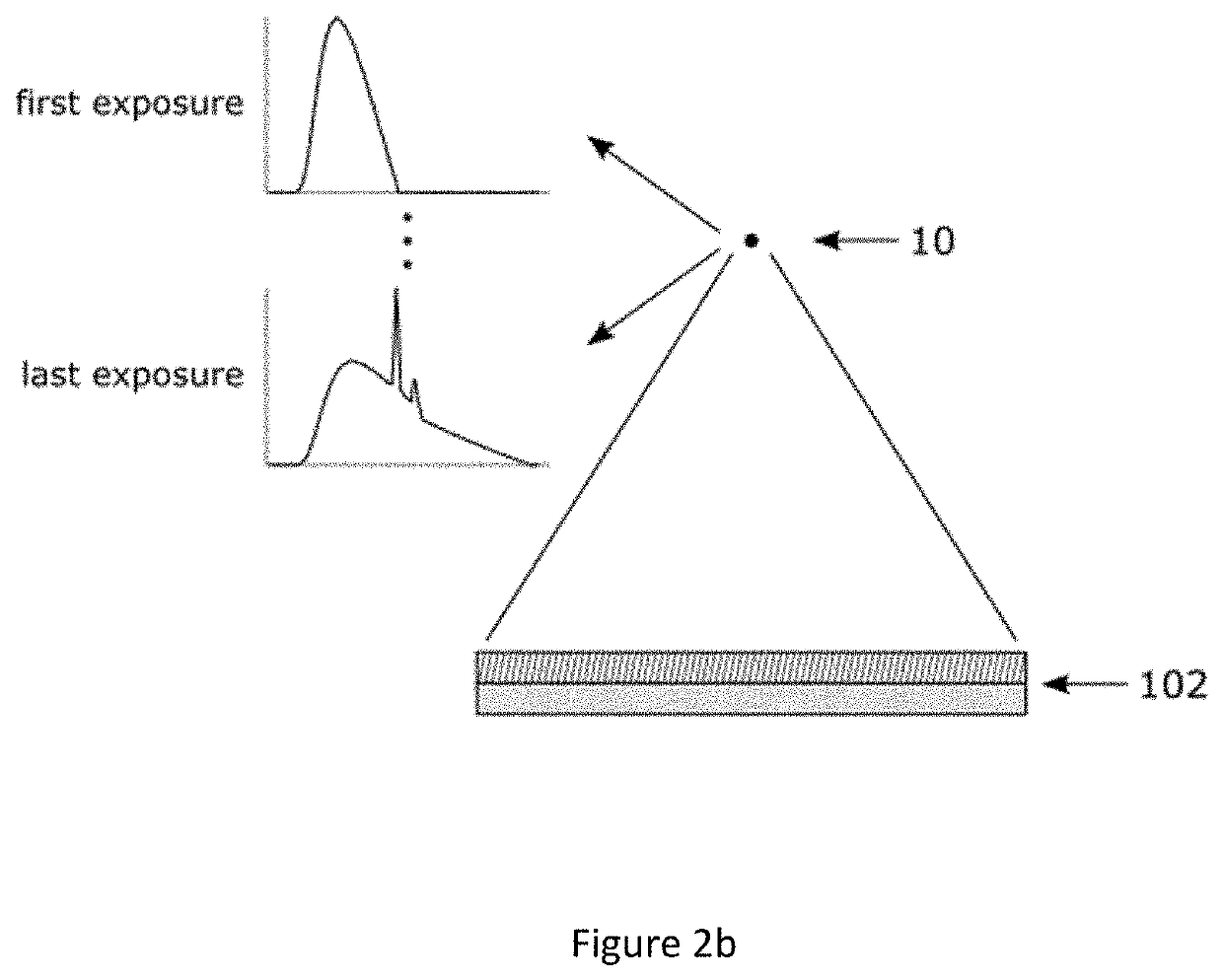Method and system for determining virtual outputs for a multi-energy x-ray imaging apparatus
a multi-energy, x-ray imaging technology, applied in the field of x-ray imaging, can solve the problems of obscuring the tissue being imaged, affecting the image quality,
- Summary
- Abstract
- Description
- Claims
- Application Information
AI Technical Summary
Benefits of technology
Problems solved by technology
Method used
Image
Examples
Embodiment Construction
[0041]The disclosure is directed at a method and apparatus for determining virtual outputs for a multi-energy x-ray imaging apparatus. In one embodiment, the method receives actual outputs from the layers of a multi-layer x-ray imaging apparatus and then processes the outputs to determine outputs for other non-existent layers within the multi-layer x-ray imaging apparatus as if they were actual physical layers within the x-ray imaging apparatus. In another embodiment, the method receives actual outputs from different spectral / energy exposures obtained from a multi-shot imaging apparatus and then processes the outputs to determine the outputs for other non-obtained spectral / energy exposures.
[0042]FIG. 8 illustrates a general diagram of a radiographic imaging environment. As shown, an x-ray source 10 generates an x-ray beam, or x-rays, 11 that is transmitted towards an object 12, e.g. a patient's hand, for imaging by a radiography detector system (RDS) 14. The results of the x-ray exp...
PUM
 Login to View More
Login to View More Abstract
Description
Claims
Application Information
 Login to View More
Login to View More - R&D
- Intellectual Property
- Life Sciences
- Materials
- Tech Scout
- Unparalleled Data Quality
- Higher Quality Content
- 60% Fewer Hallucinations
Browse by: Latest US Patents, China's latest patents, Technical Efficacy Thesaurus, Application Domain, Technology Topic, Popular Technical Reports.
© 2025 PatSnap. All rights reserved.Legal|Privacy policy|Modern Slavery Act Transparency Statement|Sitemap|About US| Contact US: help@patsnap.com



